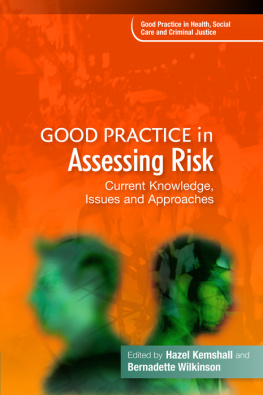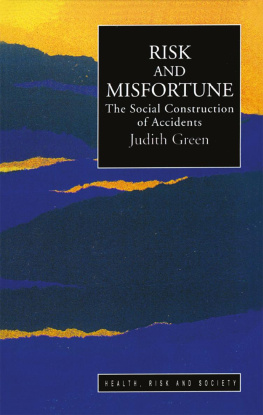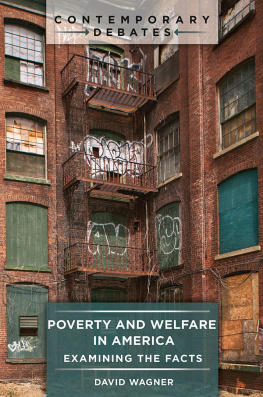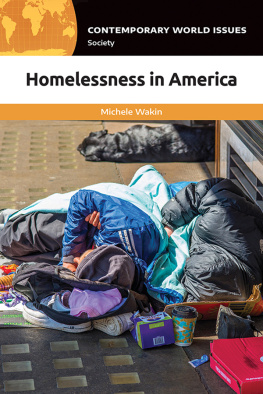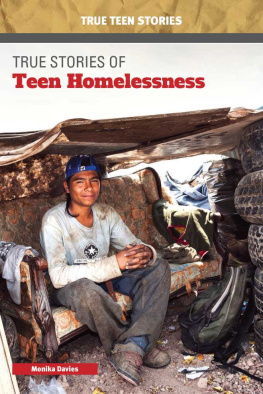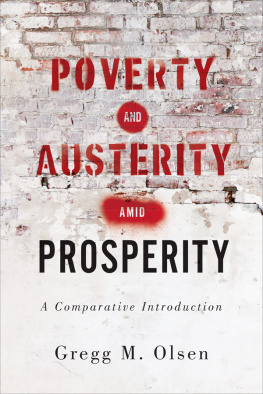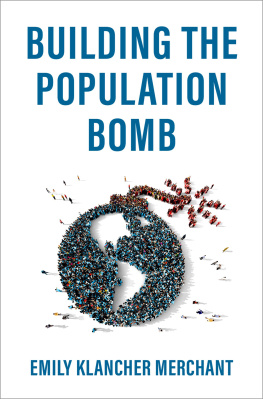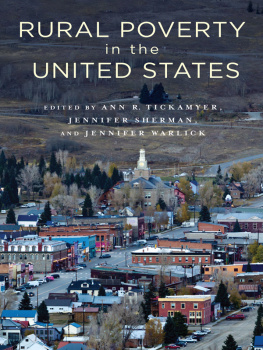First published 1995 by Westview Press
Published 2019 by Routledge
52 Vanderbilt Avenue, New York, NY 10017
2 Park Square, Milton Park, Abingdon, Oxon OX14 4RN
Routledge is an imprint of the Taylor & Francis Group, an informa business
Copyright 1995 Taylor & Francis
All rights reserved. No part of this book may be reprinted or reproduced or utilised in any form or by any electronic, mechanical, or other means, now known or hereafter invented, including photocopying and recording, or in any information storage or retrieval system, without permission in writing from the publishers.
Notice:
Product or corporate names may be trademarks or registered trademarks, and are used only for identification and explanation without intent to infringe.
A CIP catalog record for this book is available from the Library of Congress.
ISBN 13: 978-0-813-38946-2 (hbk)
At this time, near the end of the twentieth centurythe end of the second millennium, anno Domini the United States has not reached the period of euphoria described in Revelations (20). The end of the current thousand-year period was to be a time when great happiness prevailed and human perfection achieved. Indeed, around the globe as well as in the United States, the century has been plagued by great and small wars (all vicious), intolerance, injustice, inequality, global and local environmental threats, and the ominous danger imposed by weapons of mass destruction. Here at the end of the second millennium there even appears to be an upsurge in ugly, inhumane and malevolent events and processesthe scourge of AIDS, virulent and violent nationalisms, increasing inequality, and constantly increasing poverty.
Given the above, it is very important to attempt to understand the processes and problems afflicting our globe and it is especially important to examine the problems within our own boundaries. To comprehend these issues is important for a number of reasonsin order to increase public awareness of the issues; in order to understand the root causes of these problems; and in order to impel us to seek solutions and measures to ameliorate these problems.
On the occasion of the tenth anniversary of the creation of the Nelson A. Rockefeller Center for the Social Sciences at Dartmouth College, a series of lectures by distinguished scholars was organized to focus on populations at risk in America at the end of the twentieth century. The chapters that follow are the product of that lecture series and reflect a broad range of views from a wide array of social sciences. Obviously the series could not cover every group at risk in America. A close examination of the American demographic landscape with its dizzying array of ethnic, economic, social, political, and other special interest groups clearly obviates complete coverage. Even consideration of the primary groups proved difficult because expertise was not available to provide an appropriate, dispassionate and analytical paper on some. Other groups are very recent additions to the vulnerable list such as male homosexuals and others at risk of AIDS and a clear perspective is not possible at this time.
The papers collected here are an attempt to cover the most visible and numerous groups that have been marginalized or afflicted and whose plight will undoubtedly continue into the twenty-first century. Some groups that are covered, such as Native Americans, are well documented and have long been disenfranchised. Others, such as the homeless, are a relatively newly recognized problem. Others, such as mothers and children, are groups viewed from a different and somewhat radical perspective. Some of the papers view the underclass as a whole and address the problems from an historical or a public policy perspective.
Professor Jones focuses attention on the proliferation of distressed communities throughout the United States and the poverty-stricken populations in them. The focus is on place rather than race and ethnic group, and the point is made that the poor are ethnically and racially diverse. She rejects the concepts of underclass and cultures of poverty often associated with African Americans and explores and clarifies the composition of the poor and near-poor. She concludes with possible measures to alleviate distress in these communities.
Professor Perrow argues that the entire United States population is at risk, endangered by the replacement of a civil society and culture by a society of huge organizations. His ominous fear is that we all stand to lose our egalitarian and democratic culture as a result of the imposition of large and intrusive bureaucratic organizations into our lives.
The paper by Professor Gordon focuses on U.S. welfare programs which are designed to mitigate poverty and inequality. She argues that these efforts often actually exacerbate existing problems. She begins with the Social Security Act of 1935 and proceeds to trace the impact of social insurance on the development of an underclass which is deeply gendered and disproportionately ethnic/racial minority in composition.
Professor Blank notes that the nature and causes of poverty in America have changed over the past thirty years. The major changes have been the feminization and urban concentration of poverty and the growing wage inequality. She then reviews the most promising new ideas in the public policy arena designed to alleviate poverty and assesses their prospects for success.
The paper by Professor Wolch describes the problem of homelessness in America and argues that we are all at risk of homelessness in all settingsthe central city, the suburbs, the exurbs. She posits that we have a polarized situation which pits people on the inside (domiciled) against those on the outside (homeless) for control of public space and community resources.
James Q. Wilson explores two populations at riskthe general public at risk of exploitation by criminals and, in more detail, that subset of the population that may have a serious genetic predisposition to criminal behavior. The latter group and the genetic basis of deviance is the primary focus of his essay. Some of the treacherous ground of group differences in criminal behavior is examined in detail.
Jetter, Orleck and Taylor explore in an imaginative way the underlying myths and stereotypes we have about the poor, especially women and children. The basic argument they make is that racism, sexism and fear of the poor exacerbate these societal problems and interfere in the search for solutions. In a related paper, the Rameys focus their attention on impoverished children of low I.Q. mothers and stress the value of early and continued intervention. They identify six types of experiences which lead to positive outcomes via intervention programs.


